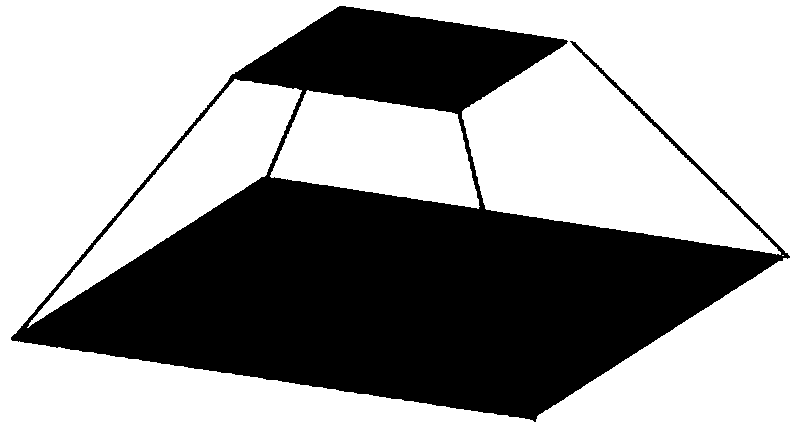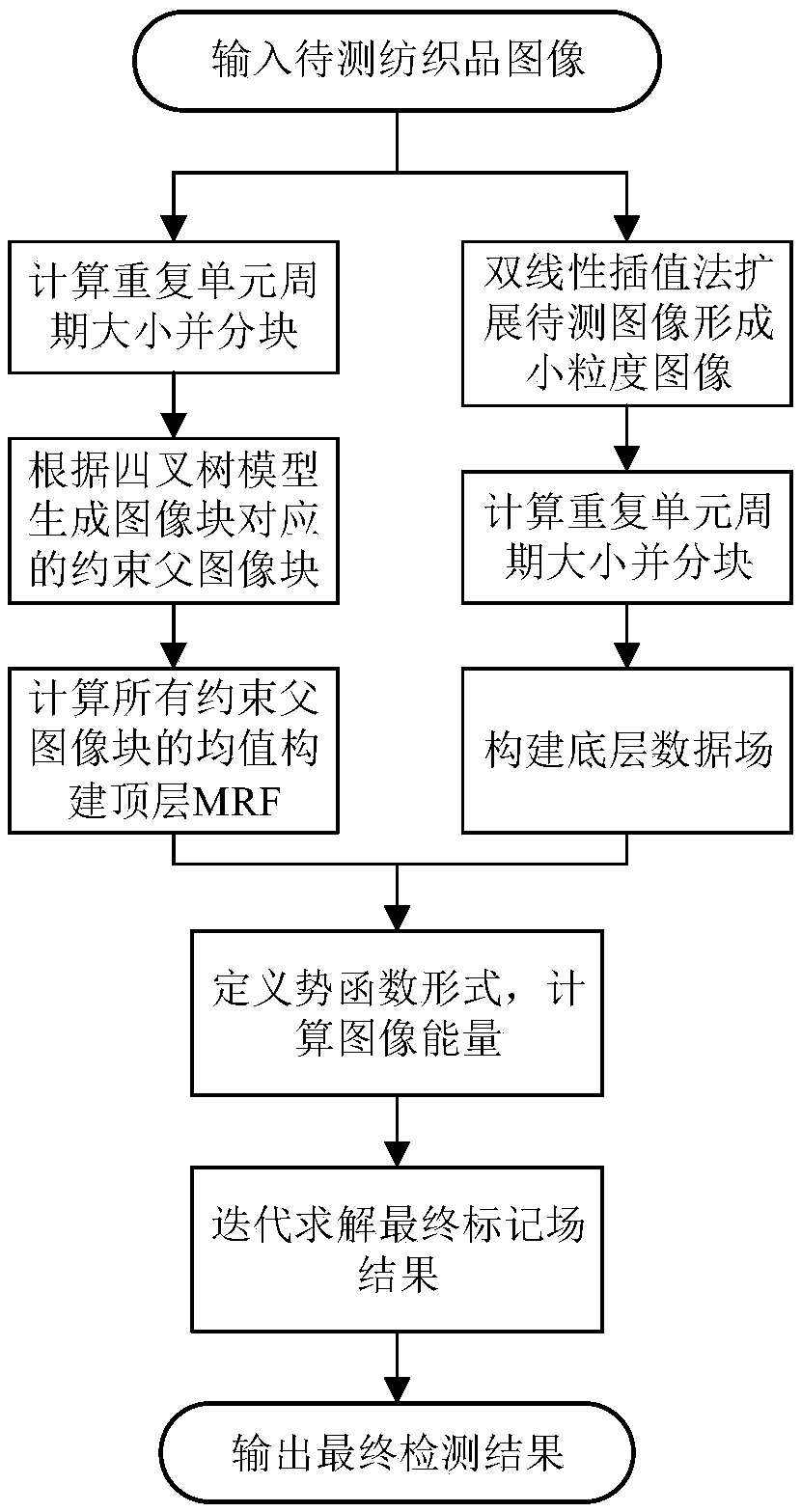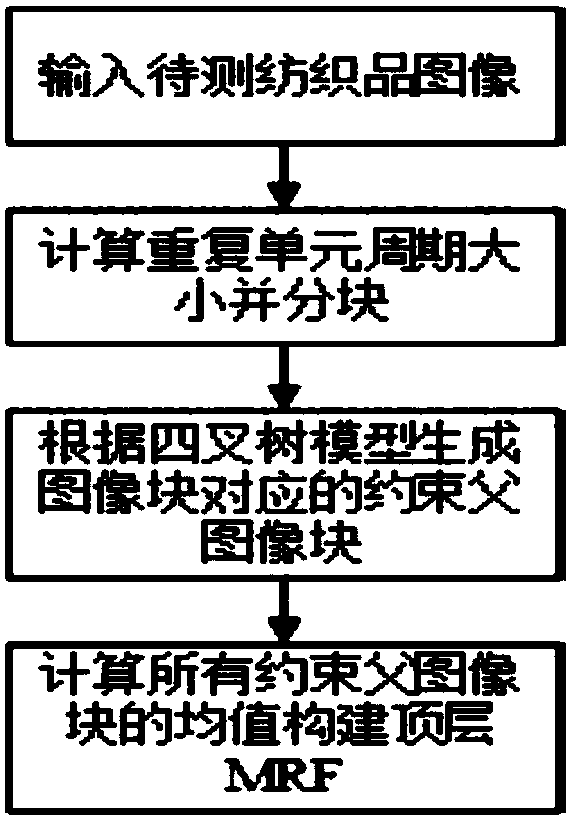Textile flaw detecting method
A defect detection and textile technology, which is applied in the field of textile defect detection for periodic pattern textiles, can solve the problems of poor detection effect, high cost, and long detection method cycle, achieve good detection accuracy, improve detection rate, and improve MRF model method. Effect
- Summary
- Abstract
- Description
- Claims
- Application Information
AI Technical Summary
Problems solved by technology
Method used
Image
Examples
Embodiment Construction
[0035] The present invention will be further described in detail below with reference to the embodiments given in the accompanying drawings. The described embodiments include various specific details to aid in understanding, but they are to be regarded only as exemplary, some, not all, embodiments of the invention. Unless otherwise defined, the technical terms or scientific terms used herein shall have the usual meanings understood by those skilled in the art to which the present invention belongs. Meanwhile, detailed descriptions of functions and constructions well-known in the art will be omitted for clarity and conciseness of the description.
[0036] A textile defect detection method that applies a two-layer MRF model, such as figure 1As shown, the present invention adopts a double-layer Markov random field model to detect defects in periodic textile images, and the model is divided into a top-layer constrained field and a bottom-layer data field. Among them, the purpose...
PUM
 Login to View More
Login to View More Abstract
Description
Claims
Application Information
 Login to View More
Login to View More - R&D
- Intellectual Property
- Life Sciences
- Materials
- Tech Scout
- Unparalleled Data Quality
- Higher Quality Content
- 60% Fewer Hallucinations
Browse by: Latest US Patents, China's latest patents, Technical Efficacy Thesaurus, Application Domain, Technology Topic, Popular Technical Reports.
© 2025 PatSnap. All rights reserved.Legal|Privacy policy|Modern Slavery Act Transparency Statement|Sitemap|About US| Contact US: help@patsnap.com



